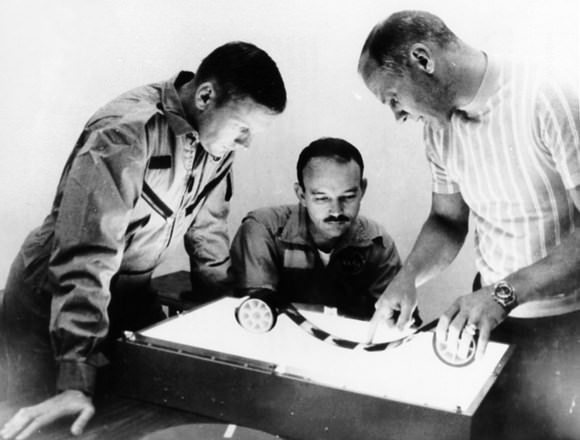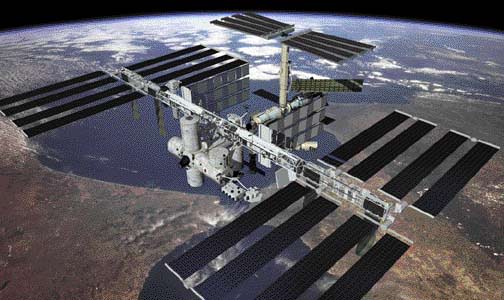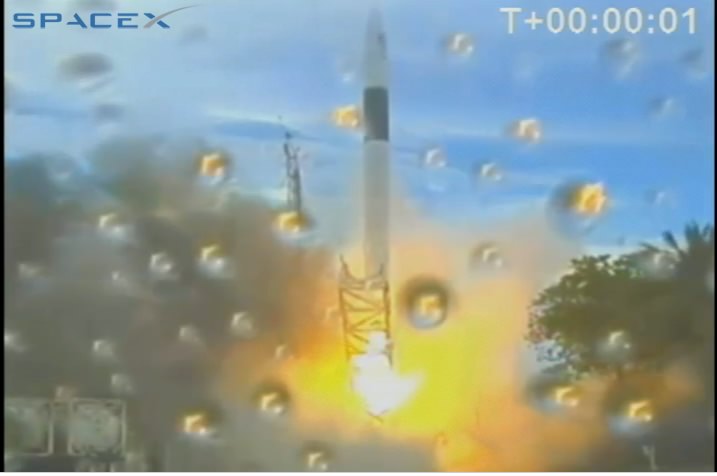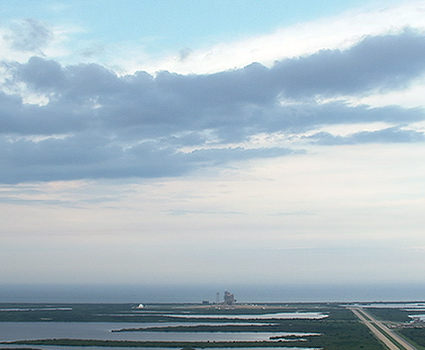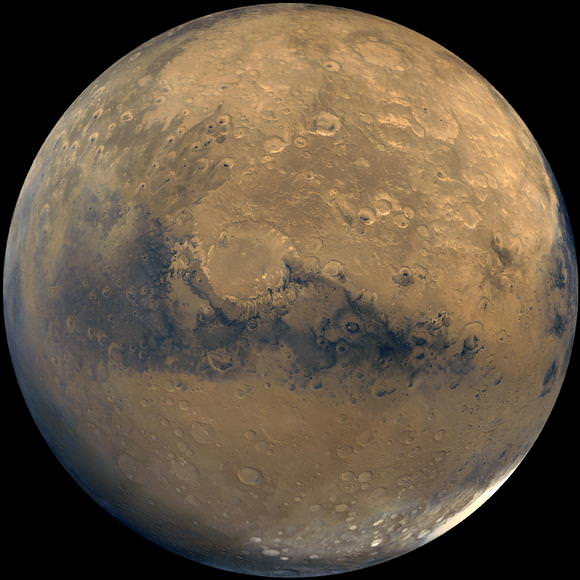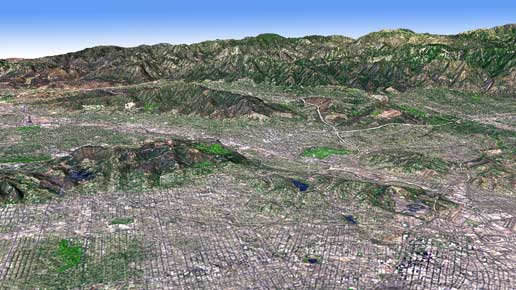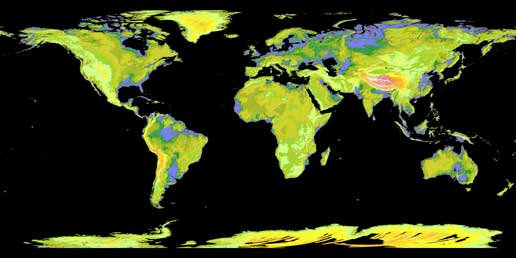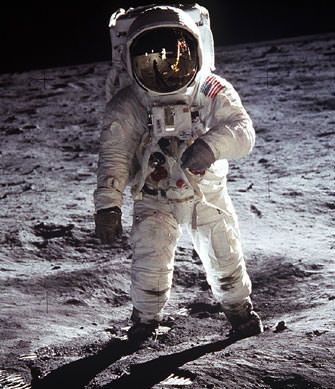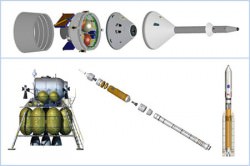[/caption]
The engineers who helped beam images of the lunar surface to Earth in 1969 are doing a little hand-wringing these days – because original film of the historic event got recycled at NASA rather than preserved.
Still, the agency has teamed up with a Hollywood restoration team to collect and improve on backup copies of the Apollo 11 feat. The clearer, digitized versions will be available in a few months.
Dick Nafzger, a NASA engineer at Goddard Space Flight Center who oversaw television production of Apollo 11, said the initial tape was stored in the national archives until the Apollo program no longer needed the data it contained.
Sometime after that, NASA thinks, the tapes were pulled from their boxes, erased and used to record data for subsequent missions.
It wasn’t until years later that Nafzger and others understood the historical value of the tapes — and the gravity of their loss.
“When I was a 28-year-old engineer, maybe I didn’t understand that. But I certainly do now,” said Nafzger, who spoke at a NASA press conference on Thursday. He hastened to add that he wasn’t in the loop when the tapes were being erased; he and others discovered the tapes’ fate only later, when they became interested in improving the notoriously grainy footage.
Because backup tapes of the mission weren’t so readily discarded after the celebrated lunar landing on July 20, 1969, the engineer-turned-historian has been given another chance.
Nafzger was joined at the press conference by Stan Lebar, the now-retired Westinghouse electric program manager who spearheaded the lunar camera, and Mike Inchalik, president of Lowry Digital in Burbank, California. Together, the men have managed to secure tapes from Sydney, Australia and the archives at CBS, where the live footage was streamed from Houston on that monumental day.
They’re bringing the best of digital technology to bear on what was at the time the cutting edge of videography, even though it was made harder on the eyes of television audiences by conversion to broadcast form. For restoration purposes, the original footage that’s been recovered is actually quite useful, Inchalik said.
“Every frame in that sequence has some information that it shares with others … if you can extract what doesn’t belong, you can make those pictures clearer,” he said.
The team showed four short clips from the $230,000 restoration project at the press conference — including moments where both Neil Armstrong and Buzz Aldrin first set foot on the lunar surface. The “after” images are indeed clearer, with more accurate lightning and sharper contrast.
Inchalik said his company is sensitive to preserving the historical integrity of the footage, and aware that any missteps could fuel conspiracy theories that the lunar landing was faked.
“There are elements in the original where we’re not touching or making corrections we would normally make,” he said. “There’s some value in the fact that we’re not a special effects house; we’re a restoration house.”
Nafzger was careful to point out that no new footage will be issued of the landing; all the restored tape comes from video that has already been released. The final product is expected in September.

